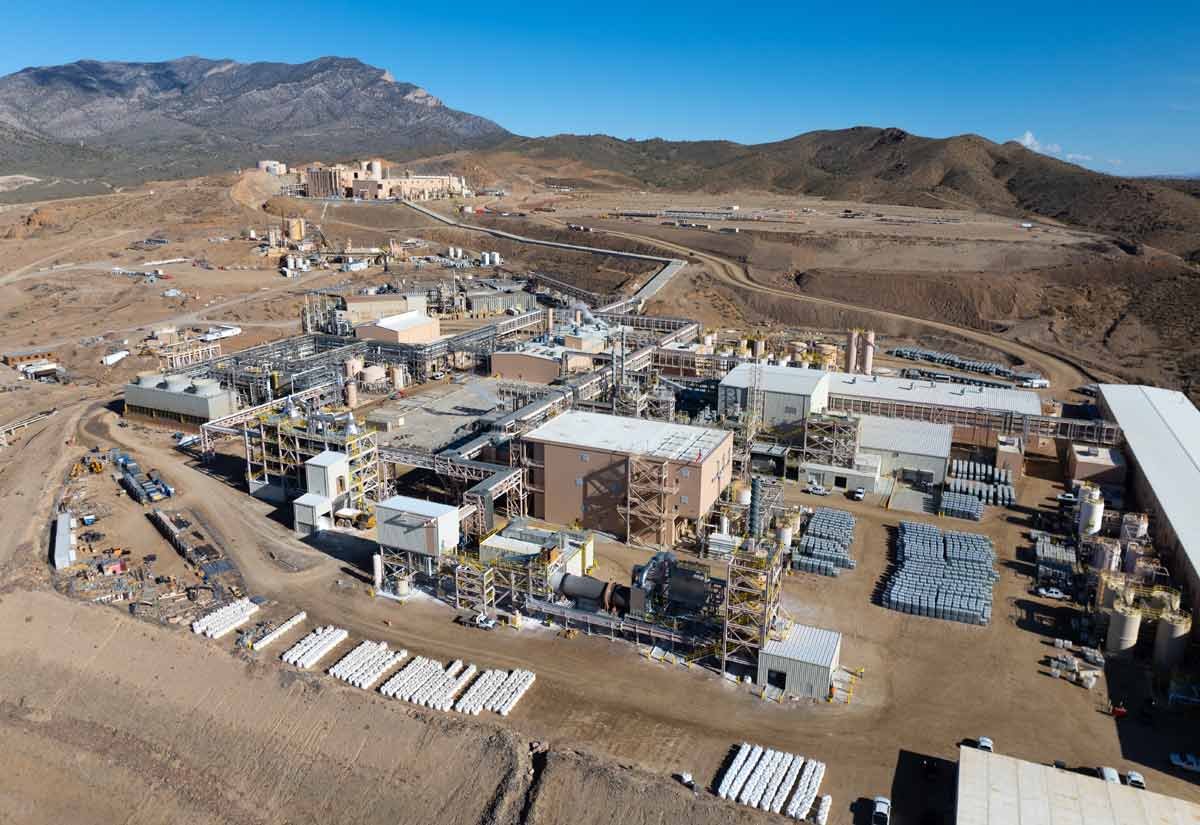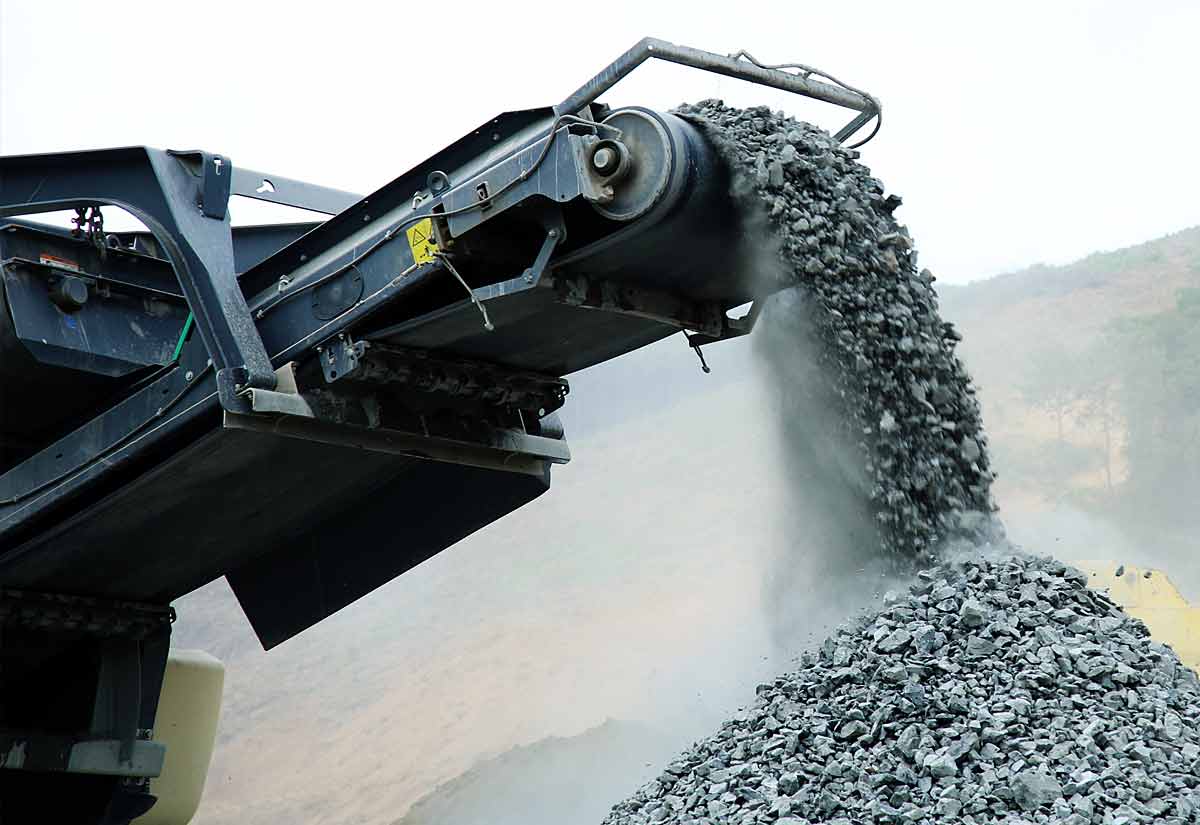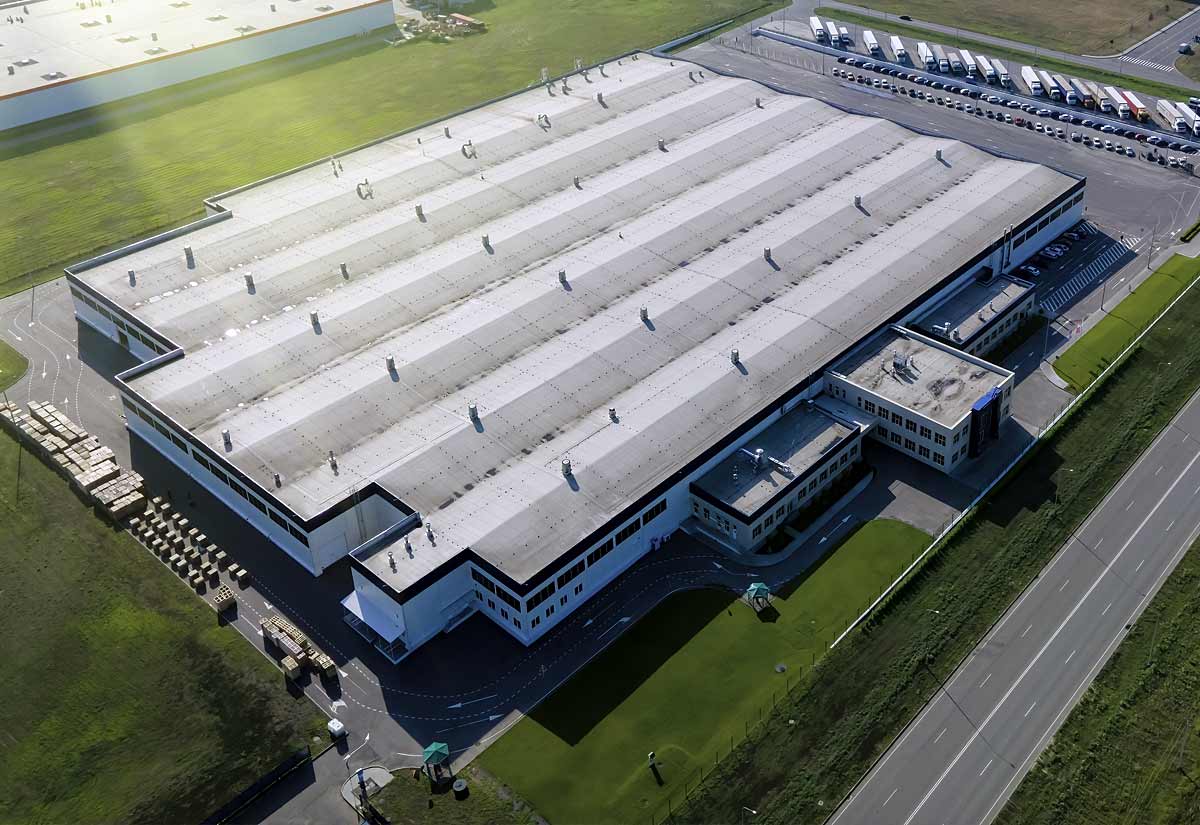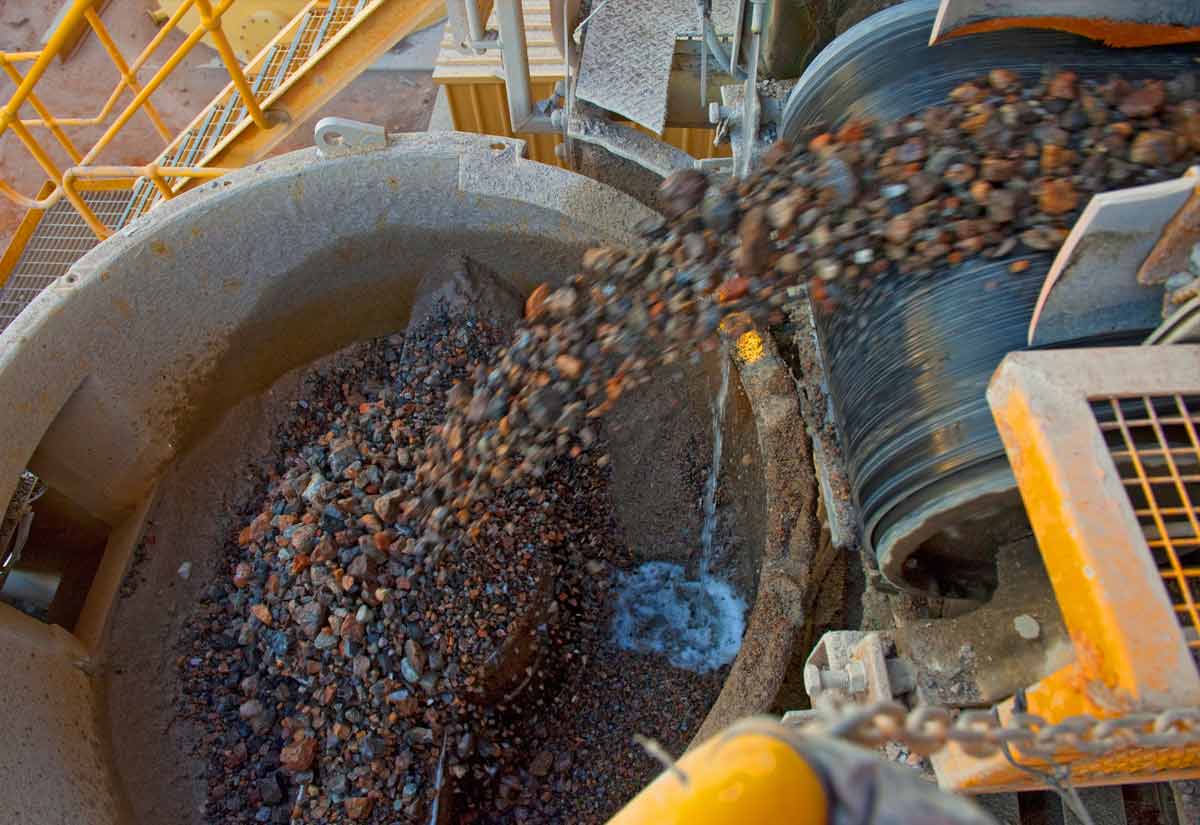Does Elon Musk Belong on Interesting Engineering’s The 20+ Greatest Engineers of All Time list?
We had an enjoyable time here at Resource Erectors, scrolling through this impressive list of engineering Hall of Famers at InterestingEngineering. But from the industrial history point of view, we’d do a bit of renumbering when it comes to ranking the all-time engineers, inventions, and the key building blocks of the Industrial Revolution.
Elon Musk ranks a surprising #6 over there.
Don’t get us wrong. You can’t be involved in heavy industry without keeping an eye on the wiley Musk’s latest moves. And in the interest of fairness, Elon is a technically qualified contender as one of many top performing CEOs with engineering degrees to go along with their MBAs.
Elon’s vast economic interests in mining, tunneling, manufacturing, the all-electric transition, social media, and China, as well as the power to wield what investors have taken to calling “the Musk Effect” make the billionaire engineer a force to be reckoned with. Just ask any Twitter board member.
Musk’s business acumen, a virtue that we’ll find is lacking in some of the otherwise brilliant engineers of the Industrial Revolution, may just balance the scales enough to earn his place in company with the giants of engineering. The men and women who literally built the Industrial Revolution, some of whom are now common household names, could easily bump Elon down a few notches.
We’ve all heard of Watts, and Joules, and Herz…but what legacy unit of measure would a “Musk” represent? Perhaps the amount of time it takes to fully charge a Tesla?
James Watt: From Old Mining Pump to Modern Steam Power
If we had our druthers as they say, Scottish inventor, mechanical engineer, and chemist James Watt would be the Number One industrial engineer on our list. We’ll admit that we’re a bit biased in favor of the noble mining engineering field, but Watt’s development of the modern steam engine without a doubt kick-started the Industrial Revolution across the board and across the oceans. And it all started with a clunky humble mine pump.
James Watt was born on January 19th, 1736 in Greenock, Renfrewshire, Scotland. Engineering know-how ran in the Watt family, and James’ father operated a successful ship and house building business. Growing up as a mechanical prodigy in his father’s workshop, Watt embarked on a career as an instrument maker. After an intense apprenticeship, James one day found himself repairing an old Newcomen steam engine.
Should some modern plant management techniques be applied back through time, a rudimentary Root Cause Analysis would identify the old Newcomen steam engine as the mother of all root causes, wasting energy and gobbling coal and profits.
As discerning engineers might say, the Newcomen steam engine was built obsolete. But the 50-year-old contraption that landed on James Watt’s workbench in 1764 was the only engine on the block for pumping water out of mines. Inefficient as it was, it was still an improvement over human muscle and a bucket brigade.
But we can’t fault old Newcomen for a design that hadn’t changed in 50 years at a time preceding the science of thermodynamics by 100 years. Even after Watt made repairs the Newcomen hardly worked. Watt realized that the problem was caused by repeatedly heating and cooling the cylinder. The engine wasted 75% of its thermal energy rather than converting it into mechanical energy. Later, when Watt’s modern steam engine took the industrial world by storm, it was licensed and priced based on how much coal was saved by the mining operation after finally scrapping the old Newcomens.
By 1765 James Watt had invented the condenser so steam could condense in a cylinder apart from the engine. Latent heat problem solved. His experiments also resulted in an innovative “steam jacket”, to maintain the temperature of the cylinder at the same temperature as the injected steam. The cylinder would absorb very little energy per cycle, producing more useful power for pumps, mills, and factories using 80% less fuel than its predecessor.
Motive power was now available, a key element so important to industry and society overall that the Watt is now the unit of electric power named to honor this grandfather of the Industrial Revolution…a brilliant mechanical engineer and innovator who actually had nothing much to do with the science of electricity at all.
So let’s consider an Industrial Revolution Hall of Famer who did.
Lee de Forest: Honored as The Father of Radio
If it was up to Lee de Forest’s minister father, young Lee would have pursued a career in the clergy and the electronic engineering sector of the Industrial Revolution would have been set back significantly. Born August 26, 1873, in Council Bluffs, Iowa, the budding engineer invented some impressive mechanical gadgets, including a miniature blast furnace, a locomotive, and a working silver-plating apparatus. And he did it all that inventing by age 13.
One of the criteria we used in considering the top engineers who fueled the Industrial Revolution is what would happen if their contributions were erased from history? Lee de Forest is the inventor of the Audion vacuum tube. The predecessor to the transistor made live radio broadcasting and sound recording on film possible.
Lee’s Audion tube soon became the key component of all radio, telephone, radar, television, and computer systems before the invention of the transistor in 1947. That’s a key component that would be sorely missed by the world if there ever was one.
Lee De Forest, like Watt before him, built on the work of others, an innovative spirit of continuous improvement that seems to be hardwired in the best engineers and is still prized by heavy industry employers.
In De Forest’s case, he built on the shoulders of electrical engineering giants. He was particularly intrigued by the study of electromagnetic-wave propagation, a field then being pioneered by the German Heinrich Rudolf Hertz and the Italian Guglielmo Marconi.
Lee’s dissertation at the Sheffield Scientific School of Yale University, “Reflection of Hertzian Waves from the Ends of Parallel Wires” was possibly the first doctoral thesis in the United States to mention the technology that was later known around the world as radio. Not that Lee DeForest would profit personally from his insights.
According to Britannica, the electrical genius was “ a poor businessman and a poorer judge of men”. de Forest was defrauded twice by his own business partners when his company introduced his first electrolytic detector of Hertzian waves. The device was modestly successful, and an alternating-current transmitter that he designed followed. In 1902 he and his financial backers founded the De Forest Wireless Telegraph Company.
That first company was insolvent by 1906, and his unscrupulous associates had maneuvered him out of the organization. But De Forest engineered on, despite the business setbacks.
In 1907 Lee De Forest patented his much more promising detector, which he called the Audion. The advanced Audion tube was capable of more sensitive reception of wireless signals, far superior to the electrolytic and Carborundum types then available. The Audion was a thermionic grid-triode vacuum tube, functioning as a three-element electronic “valve” that was a key component in circuit design. Lee de Forest was able to broadcast both speech and music to the general public in the New York City area.
By 1912 de Forest came up with the configuration of “cascading” a series of Audion tubes in order to amplify high-frequency radio signals far beyond what could be accomplished by merely increasing the voltage on a single tube, allowing for enormous amplification of weak signals. But DeForest was just getting started in the innovative process of continuous improvement.
By feeding part of the output of his triode vacuum tube back into its grid, he could cause a self-regenerating oscillation in the circuit. The signal from this oscillator, when fed to an antenna system, was far more powerful and effective than that of the crude transmitters of the time. When the oscillating circuit was properly modulated, it was capable of transmitting speech and music. This single invention was capable of either transmitting, receiving, or amplifying radio signals.
With that level of technical contribution, one would think that Lee DeForest would be a name right up there with Marconi and Hertz in electronics circles, but after a series of failed businesses and a storm of patent disputes, Lee finally conceded that he could not succeed either in business or manufacturing.
de Forest sold his patents, some at rock bottom prices, to major communications firms for commercial development. Some of the most significant of those low-priced sales went to American Telephone & Telegraph Company, which used the Audion as an essential amplification component for long-distance repeater circuits.
About Resource Erectors
At Resource Erectors we have the heavy industry professional recruiting connections your company needs as the Industrial Revolution continues in the competitive hiring market of Industry 4.0.
We bring decades of specialized human resource experience to match the top professionals in mining, industrial minerals, electrical engineering, bulk materials, aggregates, concrete, civil construction, tunneling, and more with the companies seeking their expertise.
Over 85% of Resource Erectors professional candidates placed are still contributing to the success of their industry-leading companies more than 5 years later (and counting!). When you’re ready to make your revolutionary move up the industrial career ladder you’re ready for Resource Erectors so don’t hesitate to check out our current job opportunities then contact us today.










